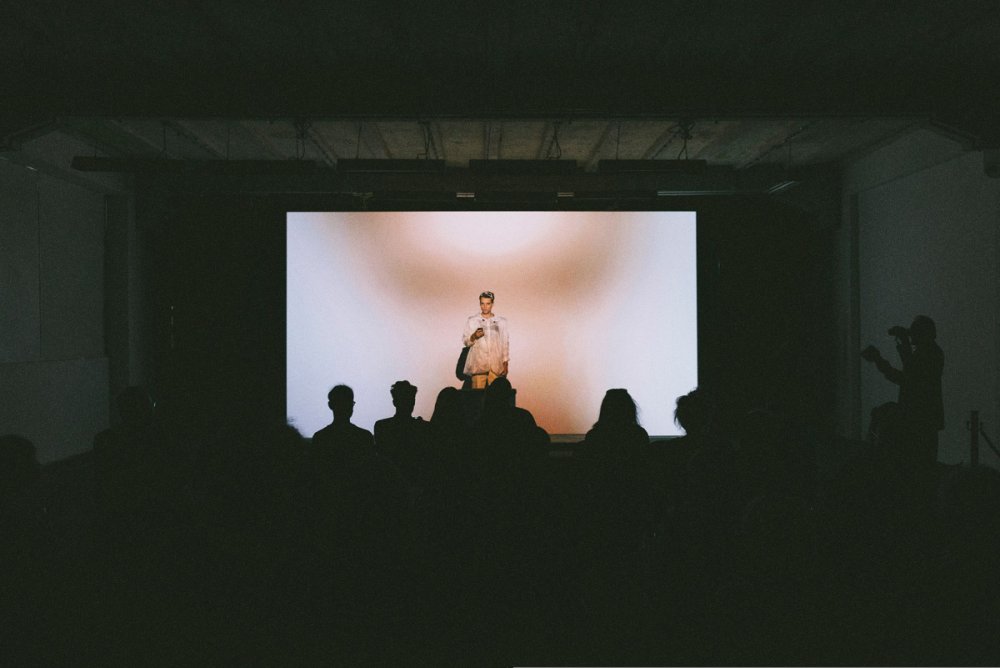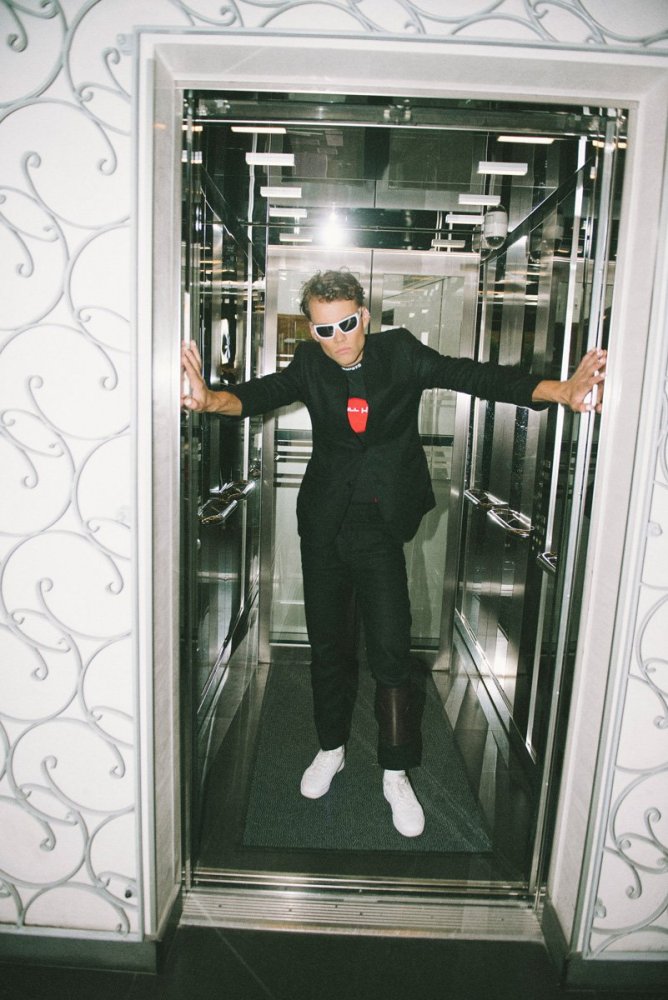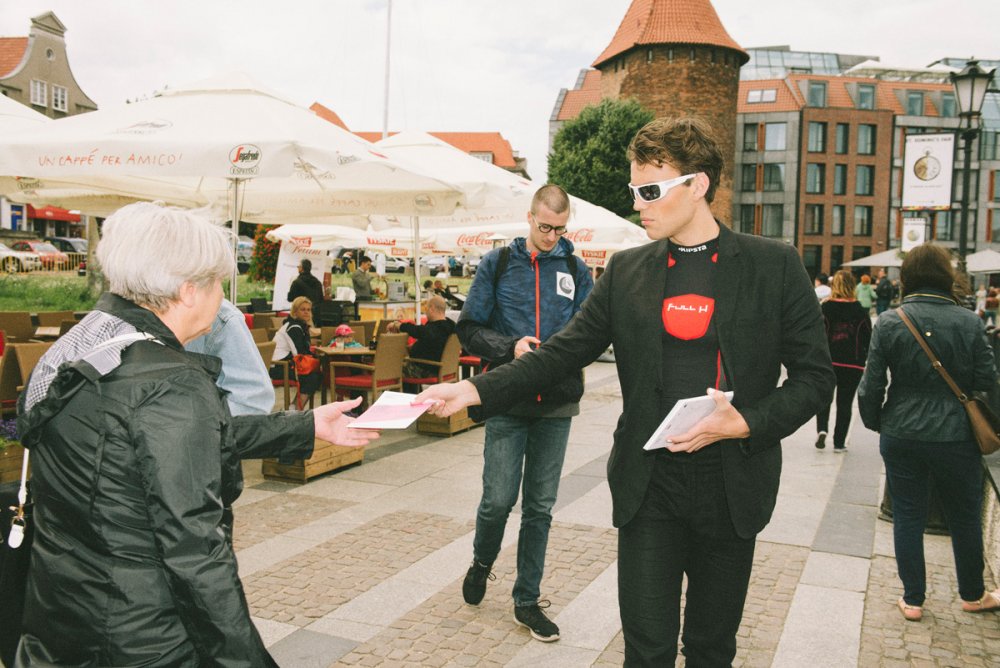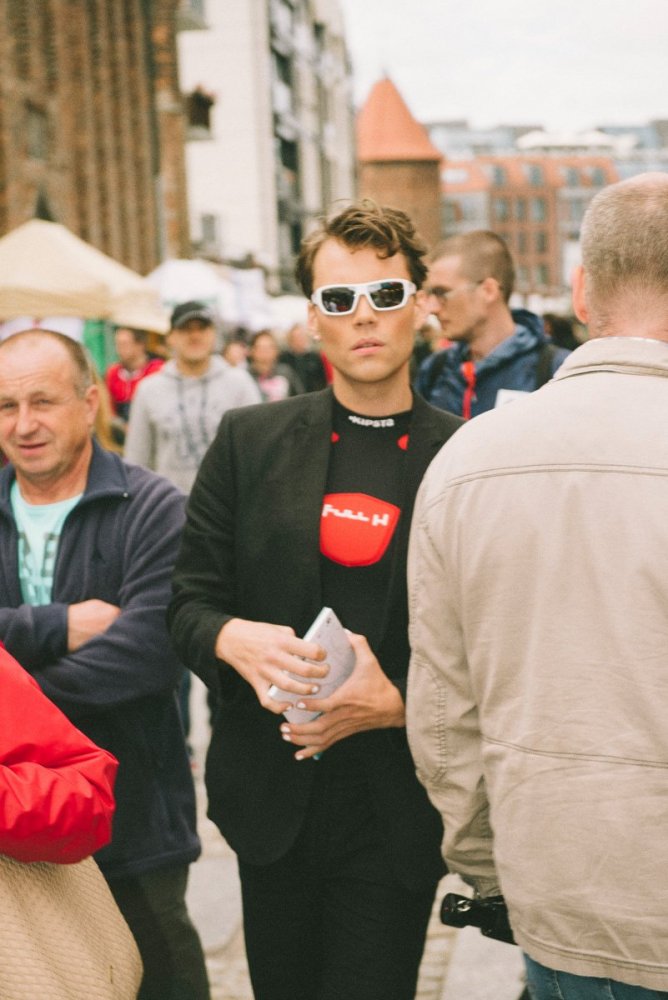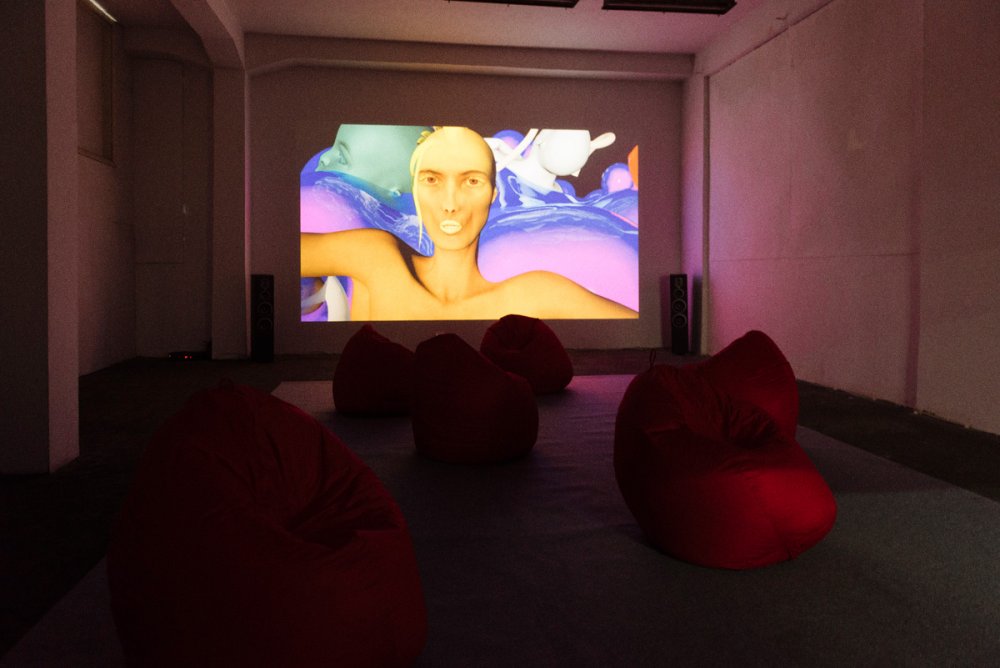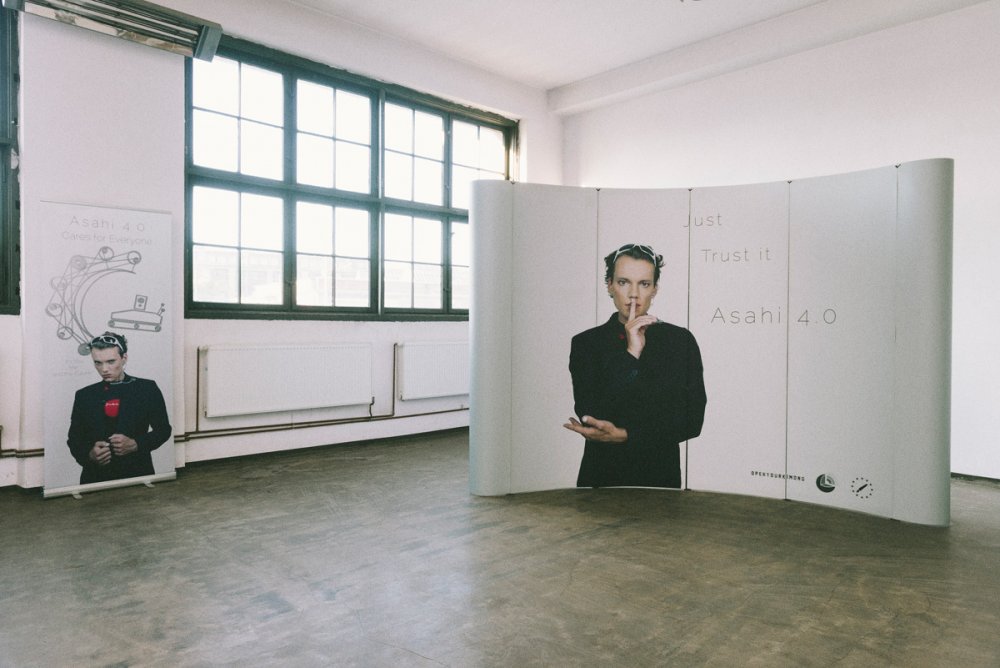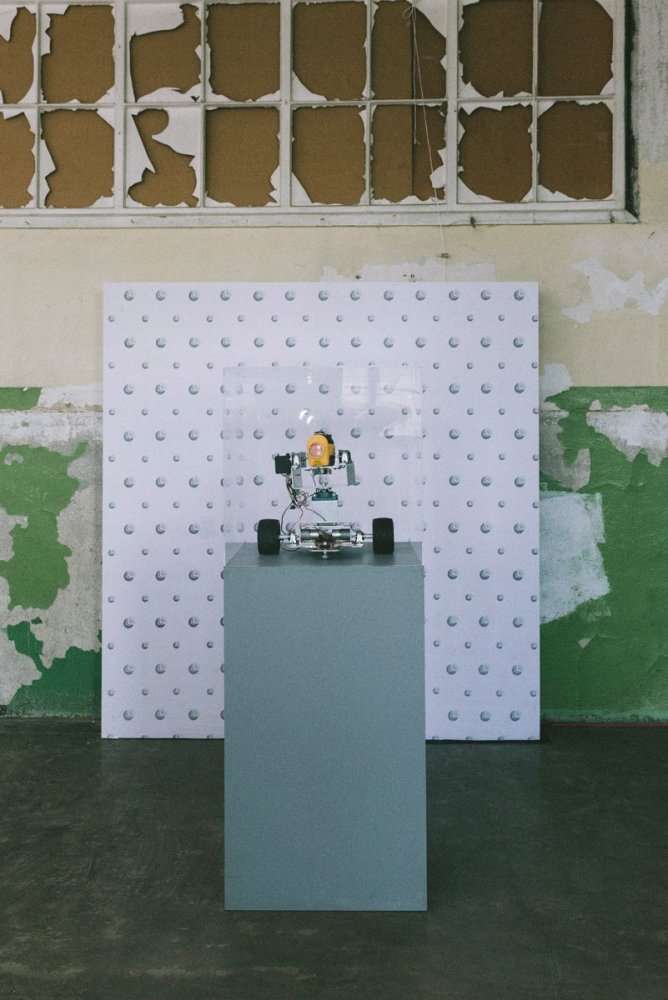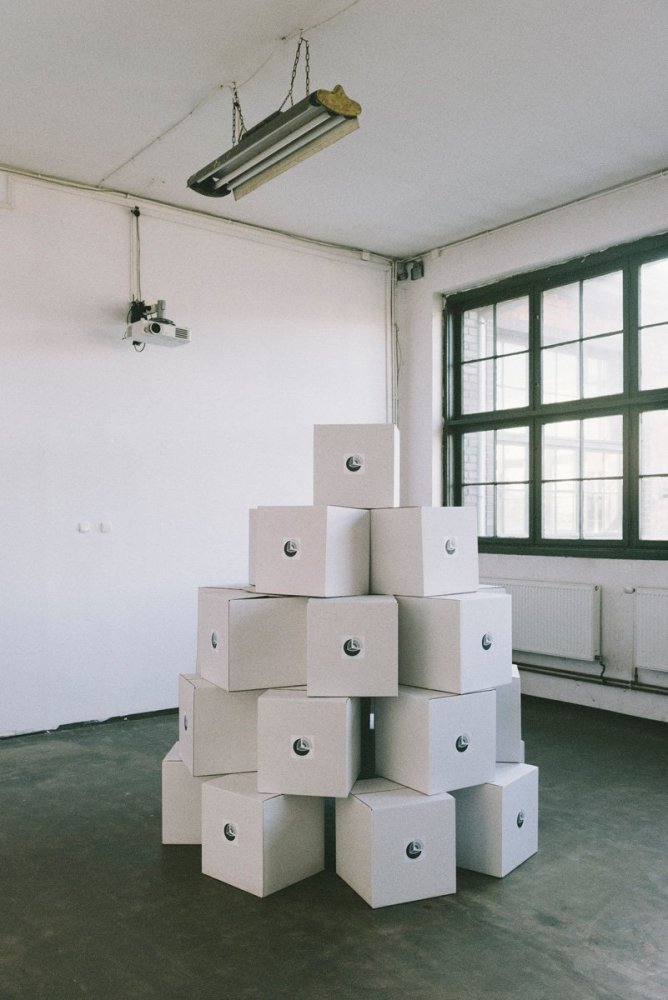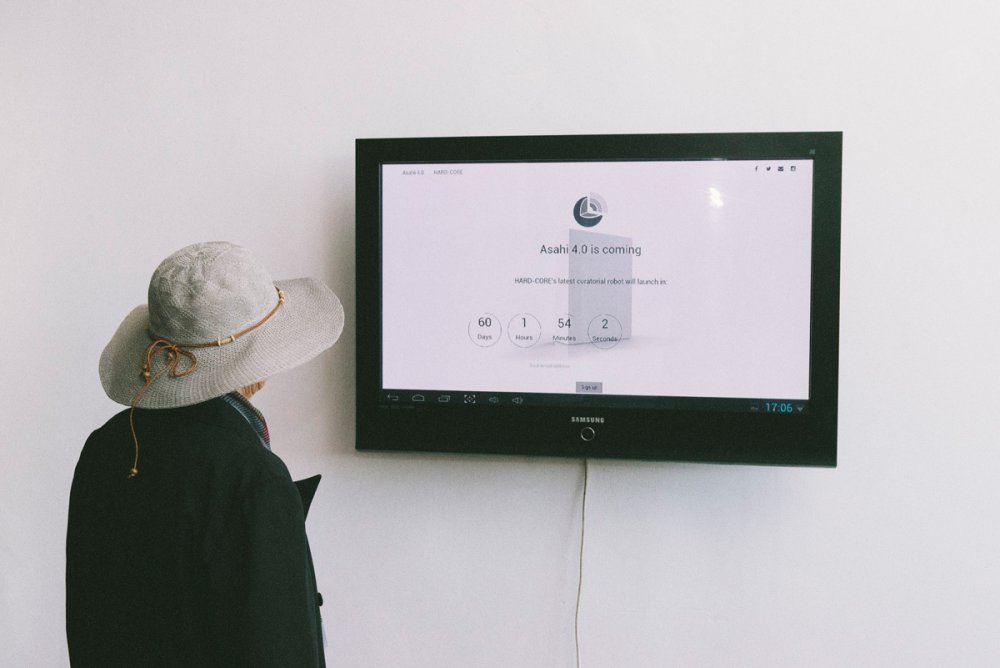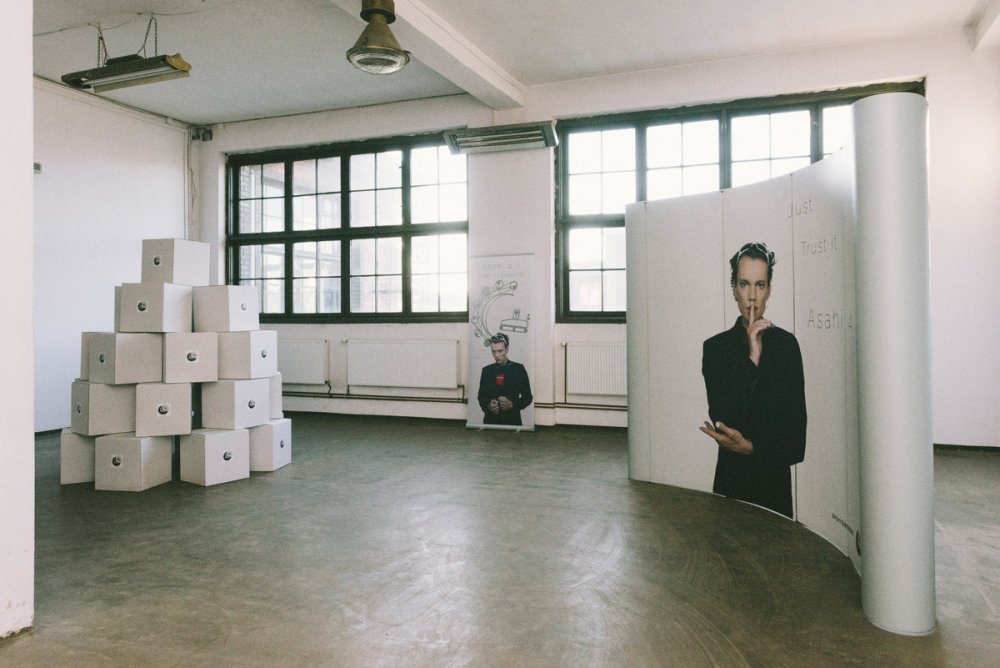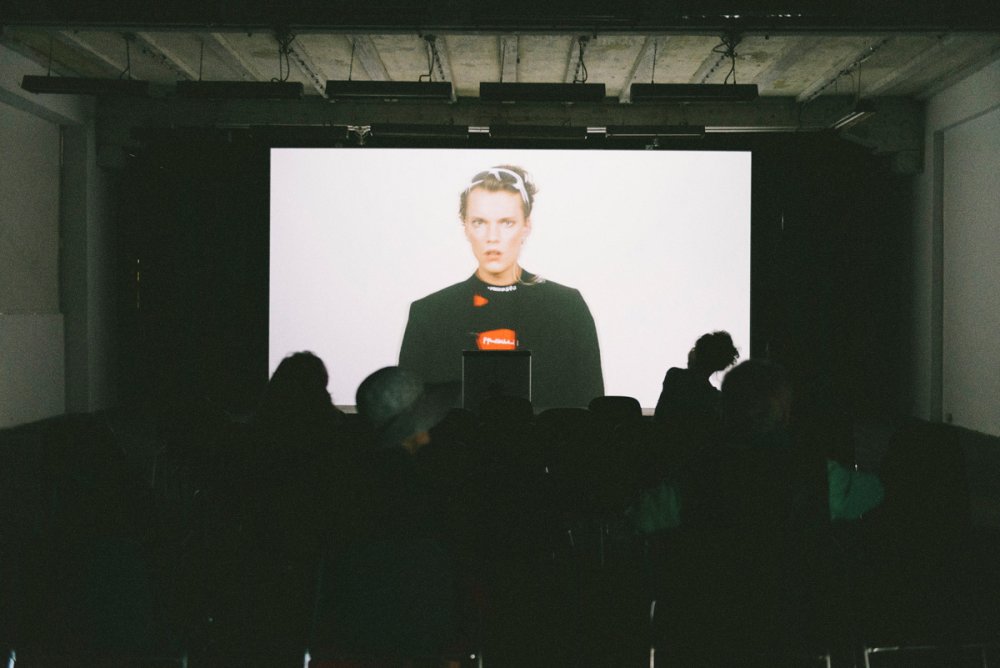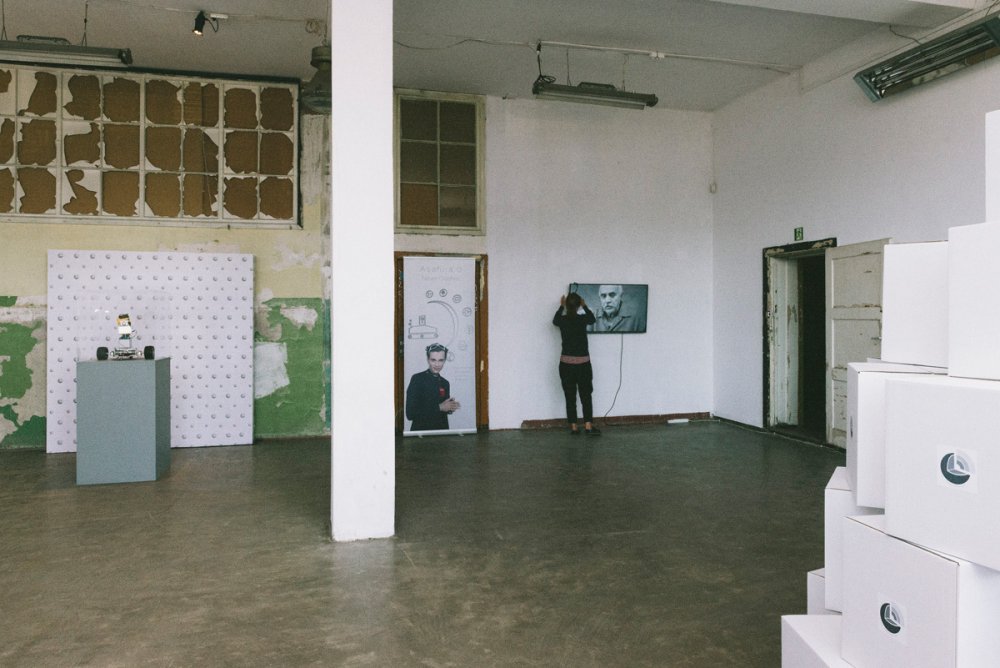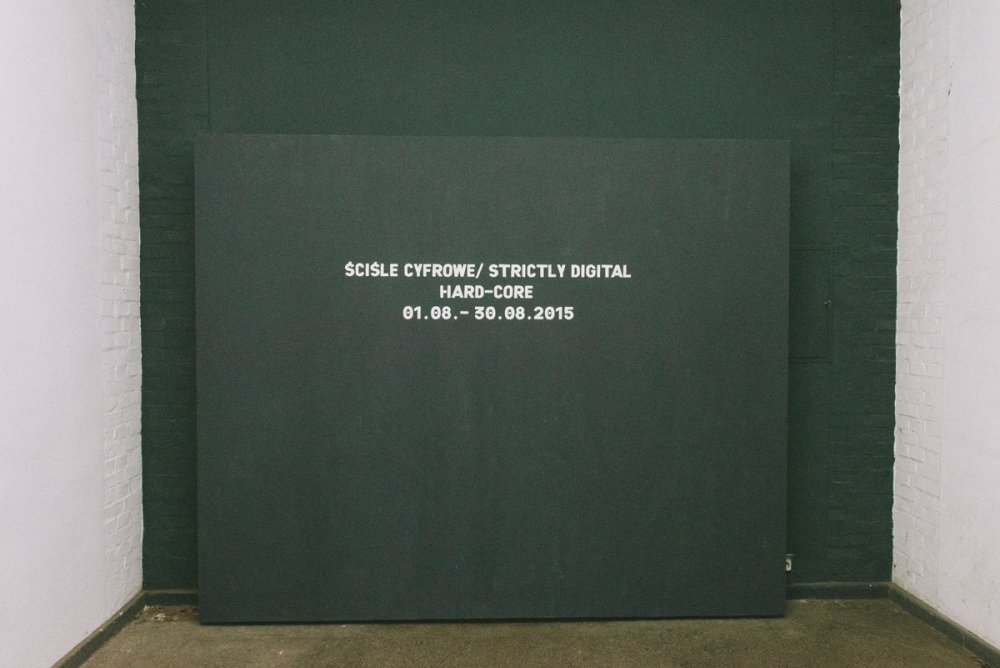Can Art keep up? “Our world is moving quicker and getting increasingly complex”: The press release for Strictly Digital, an exhibition presented by HARD-CORE as part of Alternativa 2015 compares the post-industrial relationship between art and technology to where we are now, suggesting accelerated transformations “have been slow to manifest within the artistic field”. Why is the white cube still so rigid, with its four walls, for example?
HARD CORE, which has been around since 2011, is based between London and Amsterdam and refers to itself as an artist-magnet, non-hierarchical organisation. It breaks down and makes new curatorial methods like Asahi 4.0, which is a series of algorithmic curatorial robots. It’s not like, ‘here’s an internet practice and now its going to be made in the physical realm of a gallery or display situation, IRL/AFK’. It is resistant to that sticky process of manifestation, and the binary that it forces.

Multiple new works were created by Asahi for Alternativa 2015, which took place at Gdańsk’s Wyspa Institute of Art, between August 1 to 30 and they joined other, previous works: ‘Morning Sunlight’; ‘Close Your Eyes’; and ‘The Universal Blob’, a 2014 video lecture where different characters ‘channel’ each current maker/member of HARD CORE and discuss their participation in and towards one universal blob.
‘The Universal Blob‘ is screened in a small room with red cushions. In another room there are various stations. One is a grey plinth with a small robot on top that looks like it might have an eye, or at least a head. Behind the robot is the first time we see the repeat pattern of ‘Asahi’’s brand, or image, printed on a display board. The image is a black, grey and white diagram of the core of the earth with a grey wifi rainbow coming out of it at a right-angled corner. It’s everywhere in the works curated by the robot and it also accompanies the light font that says ‘Asahi 4.0 is coming’ in a promise-image on a screen mounted on the wall. Then there is a person walking holding cards with the brand-image on it, being photographed, holding also a glass of white wine.
Strictly Digital is mainly white, clean – white nail polish worn by person, silver coat, white sunglasses – although it is interesting to describe and contain an exhibition as being mainly something that is not confined to white gallery walls. Where is it? Asahi 4.0 “never crashes”, as an advert printed large at another station tells us. **
Exhibition photos, top right.
